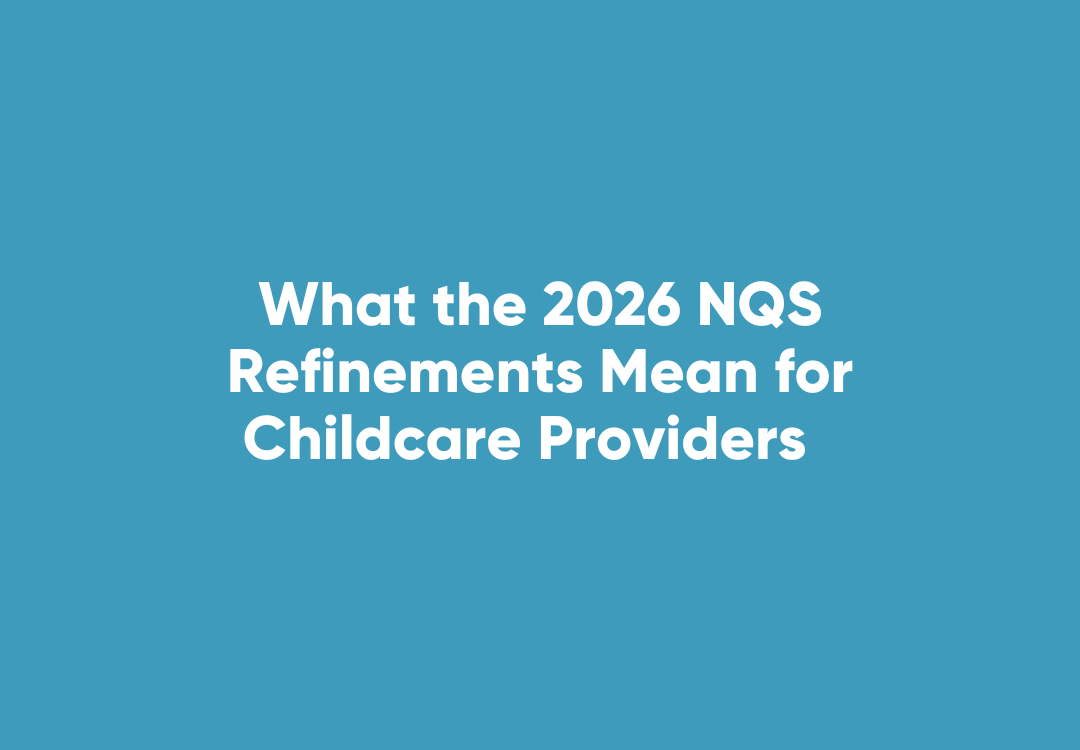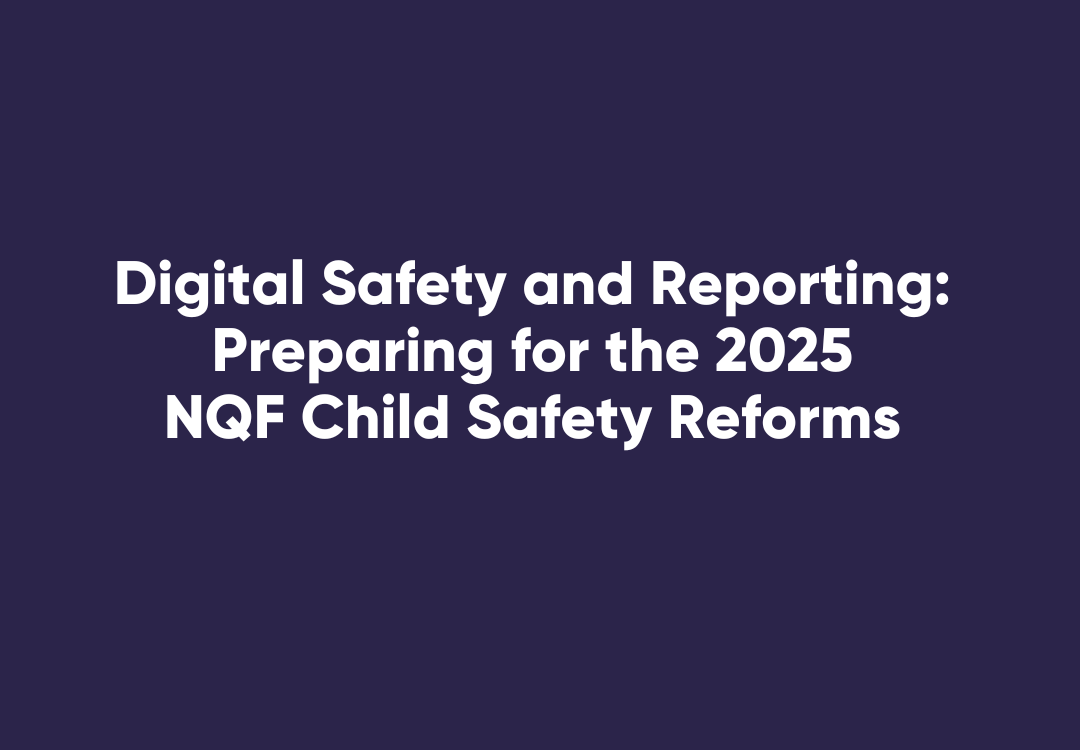Workplace Safety Isn’t Child Play
A safe workplace should be a key social right.
Every individual should have inherent confidence about working safely and returning home to their personal life every day without injury.
April 28th was World Day for Safety and Health at Work and Worker’s Memorial Day.
It is an opportunity to promote the prevention of occupational accidents and diseases globally, and a campaign intended to focus international attention on the magnitude of the problem.
It also focuses on promoting and creating a safety and health culture intended to help reduce the number of work-related deaths and injuries.
It is also a way to honour the memory of victims of occupational accidents and diseases.
In 2018, World Day for Safety and Health at Work is aimed at promoting ‘Generation Safe and Healthy’, highlighting the importance of improving safety and health for young workers and our generations to come.
It is reported by the International Labour Organisation that globally, more than 6,300 individuals are injured or fatally wounded every single day.
A striking statistic.
There are 541 million young workers (15-24 years old) globally.
They account for more than 15 per cent of the world’s labour force and suffer up to a 40 per cent higher rate of non-fatal occupational injuries than adult workers older than 25.
They include 37 million 15-17 year olds in hazardous child labour.
They are primarily at risk due to their physical and psychological stage of development, lack of work experience and lack of training, limited awareness of work-related hazards and a lack of bargaining power that can lead young workers to accept dangerous tasks or jobs with poor working conditions.
My kids are lucky.
They are raised in an environment where they are not likely to be exposed to hazardous child labour situation, however, one of my kids has had four jobs, one with very large retailer, and another with a fast-growing franchise.
She was delivered an on-line safety induction for one job, but no on the job training and no buddy system.
In another job she was not delivered any training or information.
In fact, when the franchise store-owner left two 16-year olds in charge of closing up at 10pm on a Saturday night, and leaving the store via a dark alley…. well, let’s just say, she didn’t work another shift.
Although neither of her jobs could be classified as hazardous child labour in the true sense of the word, she was definitely vulnerable.
In speaking to our WorkPro friend and subject matter expert Amy Towers from Risk Collective, it appeared our daughter’s case was not an isolated incident. And then I read the stats!
And like the practical workplace safety induction specialists we are, we published a fab little e-book, in 2016, that is specifically targeted at young workers.
Titled “Young Worker Safety” it is a useful awareness guide for employers to help them understand young workers needs when it comes to safety, and a very practical resource to help apply certain procedures, processes and systems of work to reduce injury.
You can find the link here.
In celebration of #WorldDayforSafetyandHealthatWork, of course you need to get your young workers to start thinking about safety early – it’s a shared obligation after all and the earlier they get in to the swing of things (just like seatbelts, working at height harnesses, bullying), in to the future, safety will just be innate to them.












